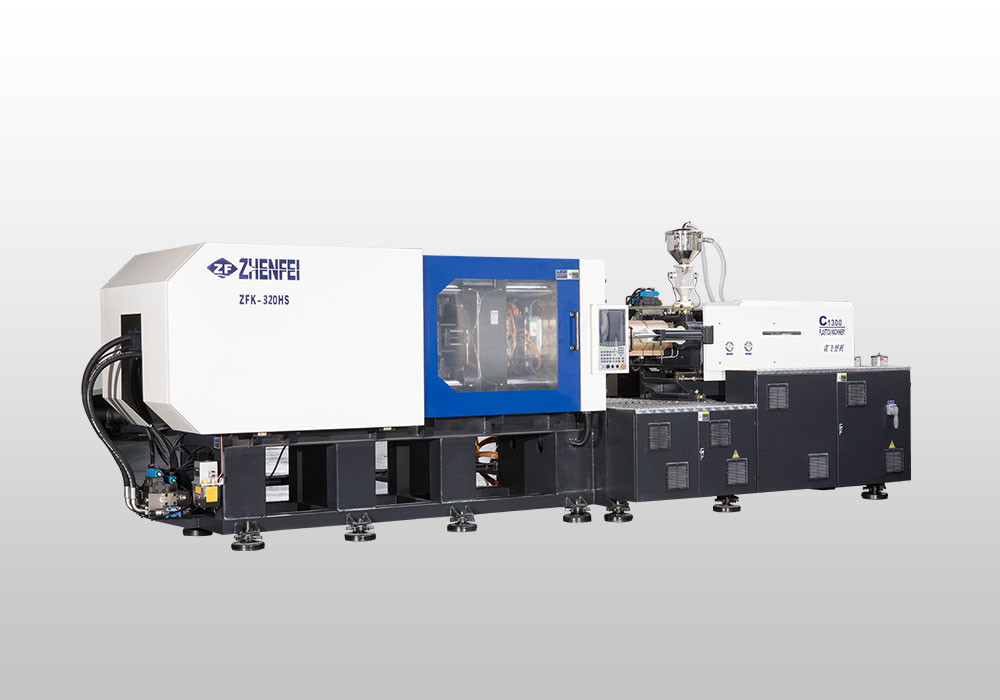Date:Aug 11, 2020
An injection molding machine is a device that combines the thermal processing characteristics of plastics and the principle of molten die casting of metals. In the late 1940s, the pre-plasticized screw injection molding machine was developed. Since then, the development is mainly centered on the pre-plasticized screw injection molding machine, and the twin screw, exhaust type and other forms will appear after the line is online.
In 1980, France produced the largest screw injection molding machine in the world at that time, with a primary capacity of 170KG. From the 1980s to recent years, the development of injection molding machines was mainly concentrated in several areas: namely, the micro-automatic control system and various auxiliary equipment in automation Application in molding; coordination of precision machinery and high-performance hydraulic systems; development of various injection molding machines and computer-aided design to determine injection conditions for plastic flow analysis of complex shapes; applications of various technologies on injection molding machines.

Working principle of injection molding machine
Injection molding uses the thermal and physical properties of plastics to add materials from a hopper to a barrel. The barrel is heated by an outer heating ring to melt the material. The barrel is equipped with a screw driven by an external power motor. The material is sheared by the screw. Under the dual action of the screw, it gradually plasticizes, melts and homogenizes. When the screw rotates, the material pushes the melted material to the head of the screw under the action of the friction and shear force of the trough. At the same time, the screw is in the material Retreat under the reaction of the screw, so that the head of the screw will form a storage space to complete the plasticization process. Then, under the action of the cylinder piston, the screw will pass the molten material in the storage chamber to the mold cavity through the nozzle at high speed and high pressure. After the molten material in the cavity is pressure-maintained, cooled, solidified and shaped, the mold is opened by the clamping mechanism, and the shaped product is ejected from the mold through the ejector device.
Analysis of the composition of the injection molding machine
According to the requirements of the molding process, the injection molding machine is a model with strong mechatronics integration, which is mainly composed of parts, clamping parts, body, hydraulic system, heating system, control system, feeding device, etc.
At present, common ear injection devices have single-cylinder type and double-cylinder type.
There are two types of plasticized parts: plunger type and screw type. In the continuous pushing process of the rotating screw, the plastic realizes the change of physical state, and is injected into the mold cavity in a molten state. Therefore, the plasticized parts are the core parts that complete the homogenization and plasticization and realize the quantification.
Recommended Articles